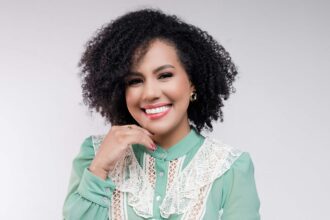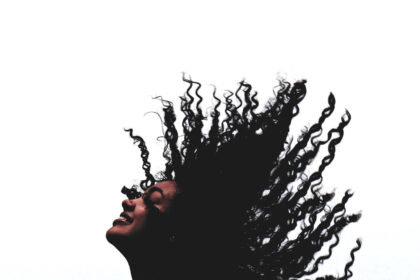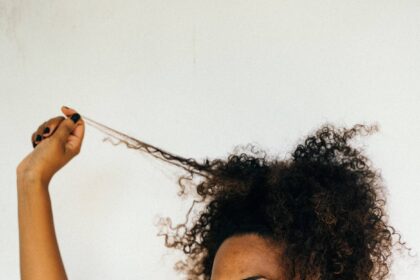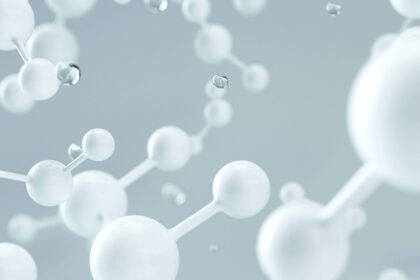By examining your skin you would never guess that just below the surface lay millions of organs.
Within your skin is a whole other ecosystem that regulates the growth and health of your hair, along with the moisturization of your hair and skin. It includes:
Hair Follicle
The hair follicle is a small organ beneath the skin which regulates the growth of your hair. We have millions of them, and we are born with all the hair follicles we will ever have in our lifetime. This means, if severely damaged or removed, hair follicles do not grow back. According to an article from The National Library of Medicine (NCBI), the average human scalp contains over 100 000 hairs. [1]
As our hair follicles develop in utero, vessels from deep beneath the skin surround them. These vessels then nourish the follicle and support nutrient delivery, elimination of waste, and growth. The growth of our hair is cyclical, and these phases are known as Anagen, Catagen, Telogen, and Exogen. Each phase occurs at the same time, as each hair follicle is independent and goes through each phase of the growth cycle at different times. [2]
Hair bulb
The hair bulb is located beneath the dermal layer of the skin and forms the base of the hair follicle. This is where stem cells divide in the formation of new hair fibers. The hair bulb surrounds the papilla. [3]
Hair Papilla
Consider the hair papilla as somewhat of the “hair” traffic control center [pun intended]. Dermal papilla cells prompt stem cells to begin hair growth and regulate pigmentation in the hair follicle. The hair papilla also supplies the hair root with blood and can be found inside the bottom of the hair bulb. [4] [5]
Blood vessels
As a fetus develops in mommy’s womb, around nine weeks, the hair follicle develops and blood vessels from deep beneath the skin surround it. These vessels serve to nourish the follicle and support nutrient delivery, elimination of waste, and hair growth in stem cells in the hair bulb. [6]
Arrector Pili Muscle
Each hair follicle connects to a tiny muscle called the arrector pili. Terminal hairs such as eyelash hairs do not have this muscle attached to their follicles. In some mammals the function of the arrector pili is thermoregulation. Contraction of the arrector pili muscle causes the hair to stand up straight on the skin. This is what gives us what we know as “Goosebumps”. [7]
Sebaceous gland
Sebaceous glands produce an oily substance called ‘sebum’ which coats and protects the hair shaft and skin/scalp from becoming brittle or dry. Some individuals who struggle with oily hair are sometimes said to have an overactive sebaceous gland. Overactivity of the sebaceous gland occurs for various reasons, including stress, diet, hormones, and much more. [8]
Sebum
Sebum is a waxy, oily substance produced by our body’s sebaceous glands which coats, moisturizes, and protects our hair and skin. When hair and skin become overly oily it can be due to overactivity of the sebaceous glands, among other causes. Overproduction of sebum can occur for various reasons including over-stripping of the sebum, diet, hormones, etc. [9]
Fascinating!!









